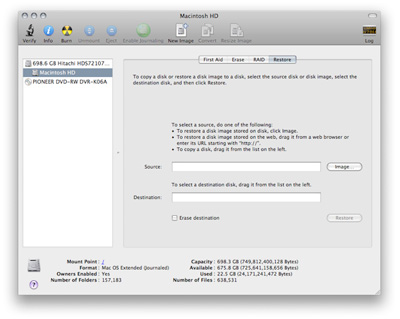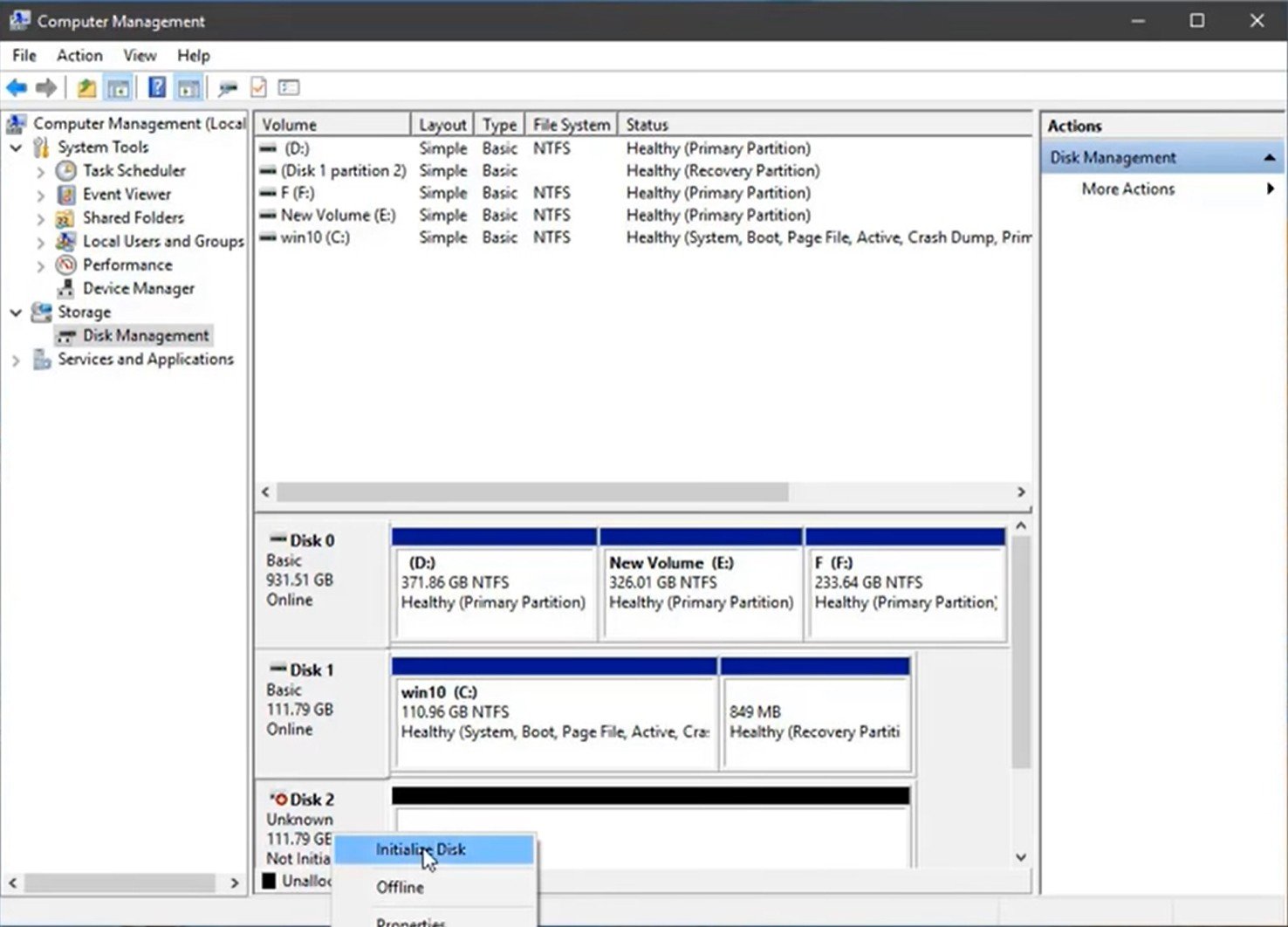

- Mac hdd to ssd clone for mac os mac os#
- Mac hdd to ssd clone for mac os update#
- Mac hdd to ssd clone for mac os pro#
Mac hdd to ssd clone for mac os update#
I have an AMD Radeon 7970 (flashed for boot screen and which I’ve heard is Metal compatible) I’m currently on OS 10.11.6 and would like to update to HighSierra then Mojave or potentially Catalina (when kinks are worked out).
Mac hdd to ssd clone for mac os pro#
My boot drive is an SSD SATA drive parked on a PCI card in the x16 slot (OWC Mercury EXTREME Pro 6G SSD), formatted Journaled HFS+. I have a MacPro 5,1 (mid 2010) 12-core 3.46 GHz Intel Xeon Mac with 64GB RAM The SSD is now formatted as APFS and is ready to use.įind more tips for macOS 10.13 High Sierra and 10.14 Mojave at the Rocket Yard! When the process is complete, you’ll see the following message: “Finished APFS operation on identifier.” The process normally takes a minute or two to complete. You’ll see the following message when done: “Finished APFS operation on identifier MacOS”ĩ) From the previous step, note the identifier from the newly created APFS Container (shown in the red box below) and use it in place of ‘ identifier’ in the final Terminal command, shown below the screenshot.ĭiskutil apfs addVolume identifier APFS MacOS In Terminal type the following command and hit the Return key:ĭiskutil apfs createContainer /dev/ identifier
Mac hdd to ssd clone for mac os mac os#
It’ll be mentioned in the “Formatting identifier as Mac OS Extended (Journaled) with name MacOS.” Continue using this guide to format the disk as an AFPS volume, however if a Mac OS Extended (journaled) volume is desired you may now stop.Ĩ) From the previous step we need to note the identifier of the new volume (red outlined box). The SSD has now been formatted as a Mac OS Extended (journaled) volume named ‘MacOS’. When the process is complete, you will see the following message: “Finished erase on identifier” where identifier was the number you previously identified.


You will need to note the identifier of that drive (green box) for the next step.ħ) In Terminal type the following command using the identifier found in the previous step and hit the Return key.ĭiskutil eraseDisk JHFS+ MacOS /dev/ identifier You can further confirm you have the proper drive by looking at the size (red box). To find the internal SSD, look for the following: ‘(internal, physical)’ which is shown in the blue box below. The majority of the list is going to be ignorable disk images. An internal drive should be the very first or second drive in the list (see image below). Making a typo could result in lost data and time.ĥ) In Terminal type the following command, then press the Return key:Ħ) A long list of disks will appear we need to find our target disk from this list. When using terminal it is important to type all commands exactly as they appear in this guide. For drives that cannot be disconnected, please make sure you have current backups of those drives. Note: We strongly recommend that you disconnect any externally mounted drives at this point, to prevent accidentally destroying the data on those drives. Please read the notes below before proceeding:


 0 kommentar(er)
0 kommentar(er)
